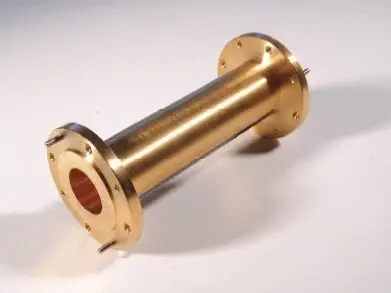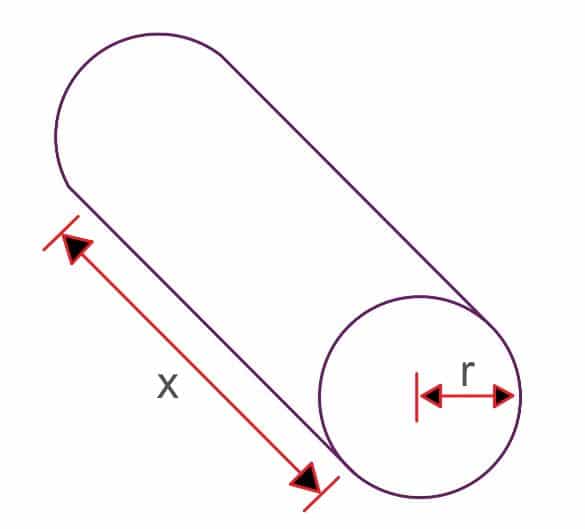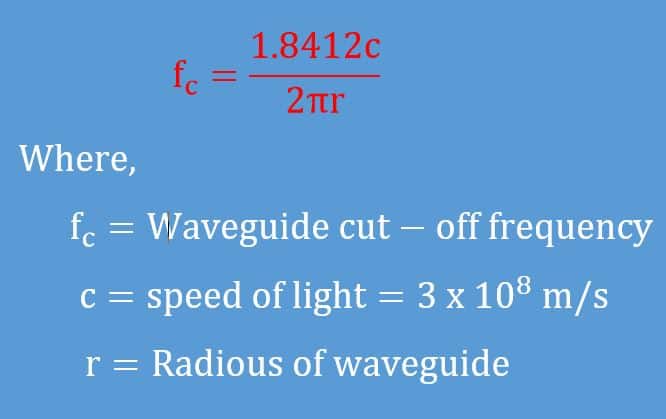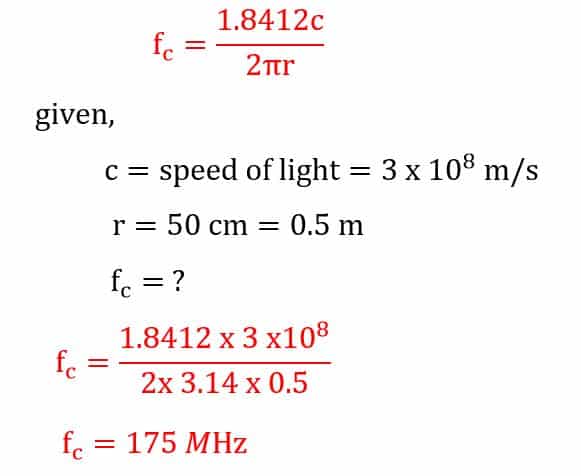A waveguide is a hollow metallic structure that transfers high-frequency electromagnetic waves from one place to another. In other words, waveguides are structures that guide the electromagnetic waves during transmission. Another name for the waveguide is a waveguide transmission line. According to its structure, the waveguides are circular or rectangular. A circular waveguide has a circular cross-section area. It can carry the signals above a particular frequency, called the cutoff frequency.

A circular waveguide functions for both transverse electric(TE) and transverse magnetic(TM) modes. The circular waveguide has the minimum propagation loss for TE11 mode. The cutoff frequency of the waveguide depends on its radius and it is inversely proportional to the radius. The waveguide can guide the electromagnetic wave frequency ranging between 1.7GHZ to 90GHZ.
The waveguides are most suitable for transmitting large electromagnetic power. The Coaxial cables also do the same work as waveguides do. However, the coaxial cable design is very intricate, it has an inner or central core and shields over there. on the other hand, the waveguide design is very simple. Moreover, the waveguide can handle a large power without much propagation loss. The waveguides are costlier than the coaxial cable.
Circular Waveguide cutoff frequency Formula
The circular waveguide is shown in the below picture.

The cutoff frequency of the waveguide depends on the radius of the waveguide structure.

Example problem on waveguide
What is the cutoff frequency of a circular waveguide having a radius of 50 centimeters?

Circular Waveguide cutoff frequency Calculation
Read Next: